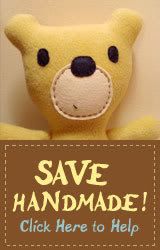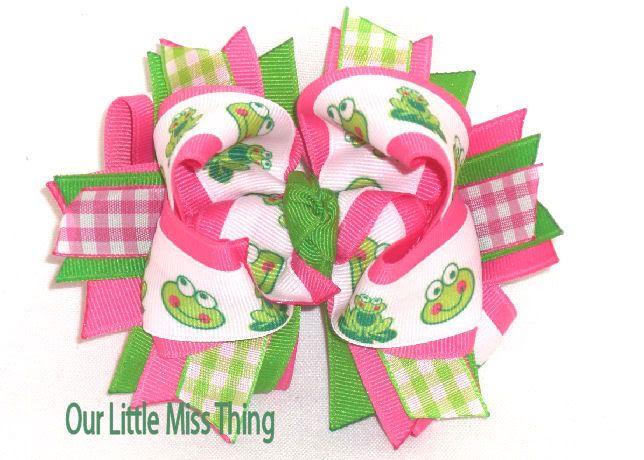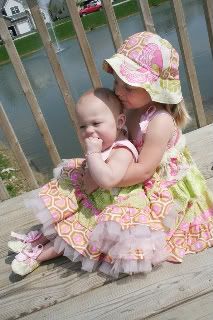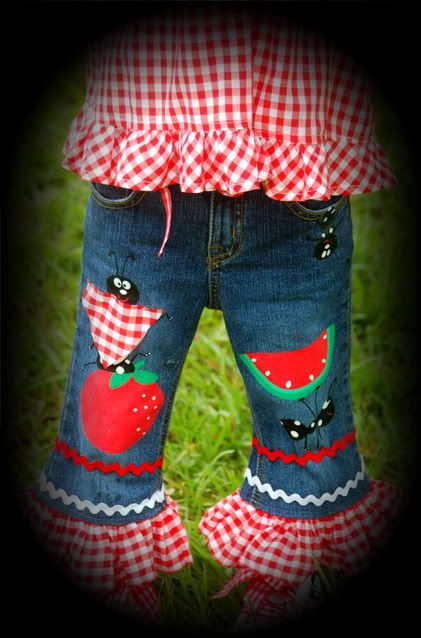As a designer I put so much time into the detail of my creations and just assume the outfit will sell itself. NOT TRUE! I came across this article some time back and I have implemented these techniques when taking photos of my designs. Let me say I have noticed a big difference with my listings.
For more great tips be sure to check out:
http://cameras.about.com/od/cameratips/ht/auctiontips.htm
For more great tips be sure to check out:
http://cameras.about.com/od/cameratips/ht/auctiontips.htm
The difference between a sale or a flop, a high bid or a low bid, hinges on a great auction photo. Don't lose dollars by taking bad auction photos. You don't have to be a pro with a studio, or even have a high-end camera, to take dazzling auction photos. Here are the secrets to successful auction photography.
Difficulty: Easy
Time Required: About a half-hour to and hour to set up and shoot
Here's How:
- Prepare the product. No buyer wants to bid on dirty china or toys. Clean the item, if possible, and make it presentable for the photos. Even older, antique items can probably be dusted off with a soft cloth. Do what you can to make the item itself look great, or every other step here won't matter.
- Find a backdrop for the item. The last the you want to do is take a picture with a bunch of junk cluttering the background and distracting the eye. It is a real turn-off to buyers. You don't need to get elaborate. Use a sheet or a piece of fabric. A visit to the local fabric store could yield a few great backdrops. Look for contrast. For lighter-colored items, a black backdrop works best, and vice versa for dark objects.
- Find a place to set the objects, be it a table, chair or even the floor. You want a place that is easy to get to on eye level. You also want to find a place that is stable and will not cause the item to move or tilt.
- Use available light. While most cameras come with a flash, that can wash out the image while casting unpleasant shadows on the background. Soft outdoor lighting works well if the sun isn't so bright it casts shadows. You can also set lamps around the item, although you do not want to point light directly at the item. You are looking to make the item well-let without obvious shadows.
- Get close. Don't be shy. You want to fill the frame with the object as much as possible. Bidders want to really see what they are buying. Be sure your item is also level in the frame (not tilted one way or the other).
- Give perspective. If size is relevant to your item, be sure the photo demonstrates this. There are a few ways to do this. If it's a small item like jewelry, place a penny or a dime next to it. For larger items, you can even use a ruler or yardstick. Just look for something simple that won't detract too much from the item itself.
- Try different angles. Shoot it from above, straight-on, profile, below or slightly on an angle. Don't be afraid to take several pictures. After all, you can delete ones you don't like. You may realize your items looks best when viewed from the side.
- Take pictures of different parts of the product. If it's a book, open it to the title page or shoot the back. If it is china, take a photo of the inscription on the back. Since your buyers can hold the item and move it around, do that job for them.
- Edit the photo. There are numerous photo editing software programs out there, and odds are your camera came with one. Even simply lightening a photo can make a huge difference. You can also play with other editing features. Be sure you save a copy of the original before editing, however. Also be careful not to alter the image to a point that is misleading to buyers.
- Use multiple shots. Pick one main overall shot of the item, but also use a couple other detailed shots to assist buyers. Use two of the different perspective shots. The more buyers can see, the more likely they are to make an informed decision to bid.



















No comments:
Post a Comment